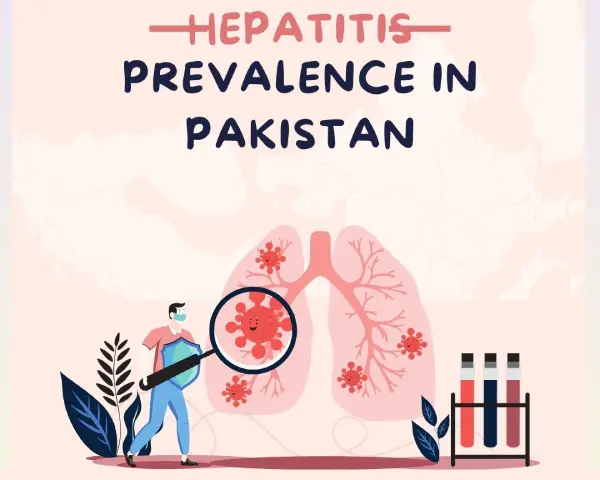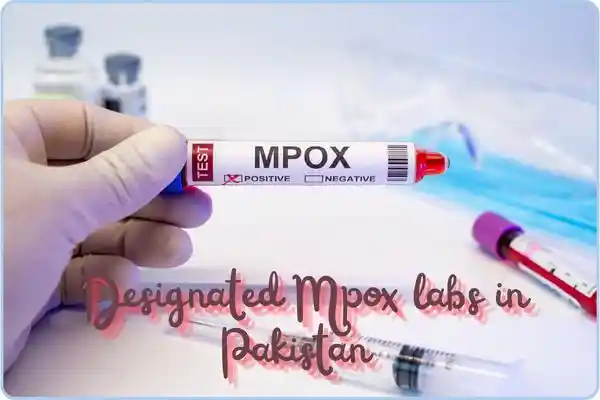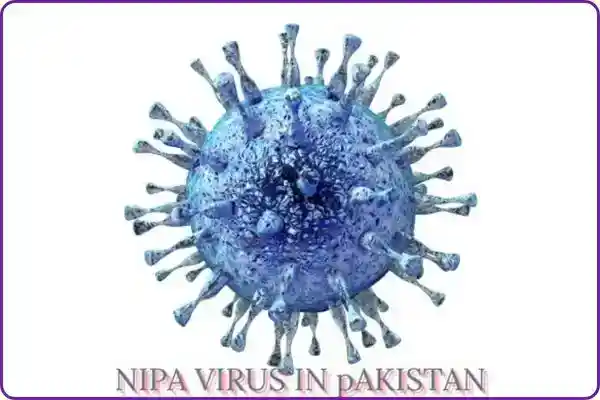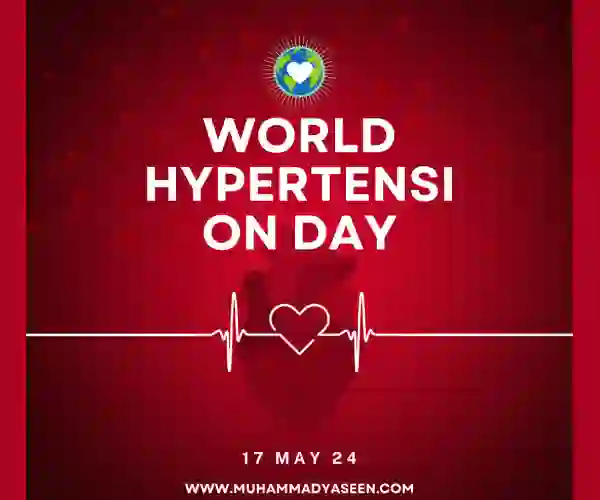Hepatitis C epidemic in Pakistan in 2024
Pakistan faces a significant hepatitis C epidemic characterized by high prevalence rates due to inadequate screening, treatment access, and public awareness. Despite political commitments and the availability of direct-acting antivirals, the situation persists.
Urgent action is needed to implement comprehensive screening programs, ensure treatment availability, intensify public education, and foster collaborations. Addressing these challenges is crucial to mitigating the hepatitis C crisis and improving healthcare outcomes nationwide.
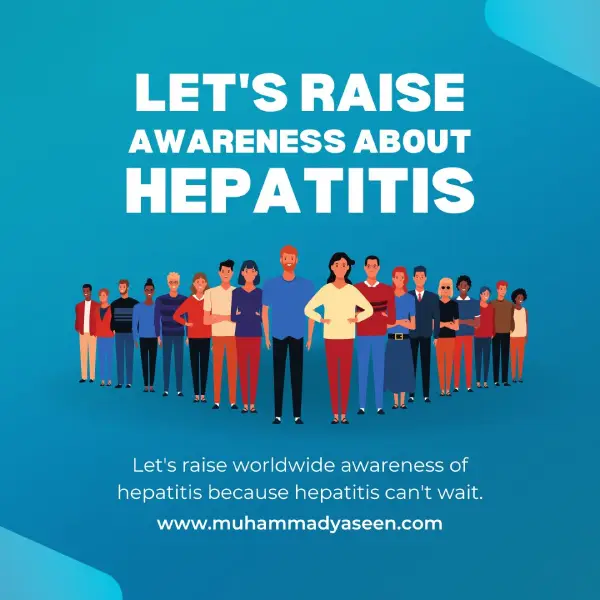
Hepatitis c virus
Hepatitis means inflammation of the liver. The liver is a vital organ that processes nutrients, filters the blood, and fights infections. When the liver is inflamed or damaged, its function can be affected. Heavy alcohol use, toxins, some medications, and certain medical conditions can cause hepatitis.
Hepatitis is most often caused by a virus. In the United States, the most common types of viral hepatitis are hepatitis A, hepatitis B, and hepatitis C. Although all types of viral hepatitis can cause similar symptoms, they are spread in different ways, have different treatments, and some are more serious than others.
Hepatitis c symptoms
Many infected individuals remain asymptomatic. Symptoms, when present, include jaundice, nausea, stomach pain, fever, fatigue, and joint pain. Chronic infections can progress silently for years before symptoms manifest, indicating advanced liver disease.
Hepatitis c transmission
- Drug Injection: Sharing needles and syringes remains the primary mode of transmission.
- Perinatal Transmission: Infants born to infected mothers have a risk of contracting hepatitis C.
- Healthcare Exposure: Unsterilized medical equipment poses a risk in healthcare settings.
- Sexual Contact: While less common, sexual transmission, especially among men who have sex with men, is possible.
- Tattoos and Piercings: Unsafe practices in unlicensed settings can lead to transmission.
- Shared Personal Items: Items contaminated with infected blood can transmit the virus.
- Blood Transfusions: Transmission was more common before blood screening protocols were implemented.
Prevention Measures
- Safe Injection Practices: Avoid sharing needles and syringes to prevent transmission.
- Perinatal Screening: Screen pregnant women to prevent mother-to-child transmission.
- Healthcare Safety: Ensure proper sterilization of medical equipment in healthcare settings.
- Safe Sex: Practice safe sex, including condom use, to reduce sexual transmission risk.
- Tattoo and Piercing Safety: Choose licensed facilities with sterile equipment for tattoos and piercings.
- Personal Hygiene: Avoid sharing personal items contaminated with blood.
- Blood Screening: Implement rigorous blood screening protocols for transfusions and transplants to prevent transmission.
Hepatitis c test
All adults, pregnant women, and at-risk individuals should undergo the virus testing. Left untreated, it can lead to severe liver damage, cancer, or death.
Testing involves a blood test for HCV antibodies, providing crucial information for timely treatment. Rapid tests offer results in 20-30 minutes, while standard tests may take weeks.
Rawalpindi: Hepatitis Screening Reveals Prevalence.
In Rawalpindi, a door-to-door campaign screened 40,051 individuals for hepatitis B and C across 10 union councils. 1,258 people tested positive, showing a prevalence rate of 3.14%. Union Council 8 had the highest rate at 7.51%. The Localized Hepatitis Elimination and Prevention Project aims to screen 100,000 individuals and provide free treatment.
Hepatitis c treatment
Treatment for this virus depends on various factors such as viral load, genotype, liver damage, and other health conditions.
For acute cases, rest, hydration, and monitoring may suffice. Chronic cases often require antiviral medications to clear the virus, slow liver damage, and reduce the risks of cirrhosis or cancer.
Eligibility considers medication interactions, kidney function, anemia, and pregnancy. A liver transplant may be necessary for severe cases. Preparing questions for healthcare providers is crucial for informed treatment decisions.
Hepatitis c vaccine
Hepatitis C, a liver infection, is primarily transmitted through blood contact, often via needle sharing during drug use. While some experience short-term illness, over half develop chronic infection leading to severe liver conditions like cirrhosis and cancer.
Unfortunately, no vaccine exists, making prevention crucial through behavior modification and testing. Timely treatment can effectively cure most cases.
Bottom line
In the USA, swift testing and treatment for hepatitis C are readily available. Individuals should prioritize testing, especially if at risk, as early detection allows for timely treatment, often curing the infection in 8-12 weeks.
Precautionary measures include avoiding behaviors like needle sharing and seeking vaccination against hepatitis A and B. Those diagnosed should promptly seek medical care, where antiviral medications can effectively manage the condition.
Public health initiatives, including outreach programs and access to healthcare services, ensure comprehensive support for hepatitis C prevention, testing, and treatment across the nation, reducing its burden on individuals and communities.

